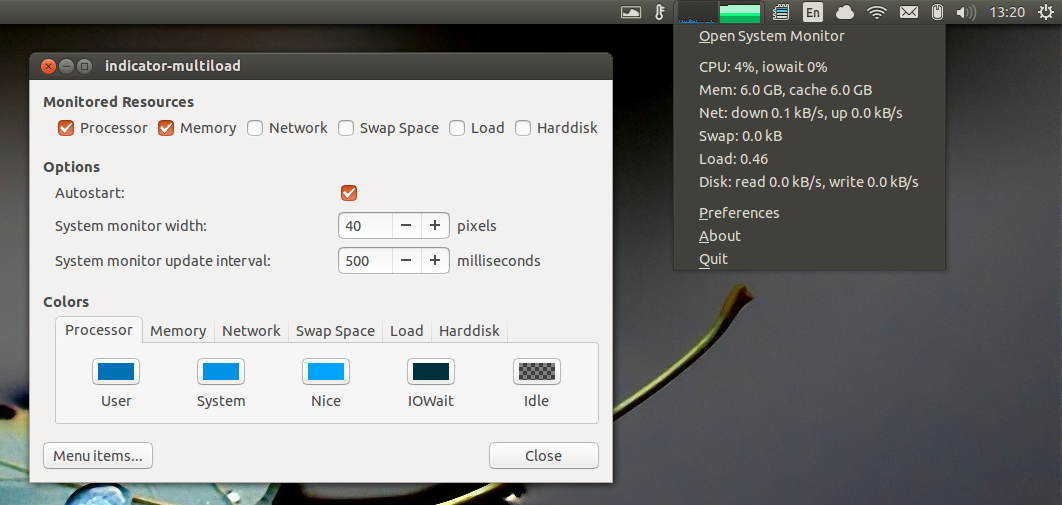import com.opensymphony.xwork2.ActionContext;
import com.opensymphony.xwork2.ActionEventListener;
import com.opensymphony.xwork2.ActionInvocation;
import com.opensymphony.xwork2.ActionProxy;
import com.opensymphony.xwork2.Result;
import com.opensymphony.xwork2.interceptor.PreResultListener;
import com.opensymphony.xwork2.util.ValueStack;
public class ActionInvocationEx implements ActionInvocation {
/**
*
*/
private static final long serialVersionUID = 1L;
private final ActionInvocation mActionInvocation;
private final ActionContext context;
public ActionInvocationEx(ActionInvocation aActionInvocation,ActionContext aContext)
{
mActionInvocation = aActionInvocation;
context = aContext;
}
public Object getAction() {
return mActionInvocation.getAction();
}
public boolean isExecuted() {
return mActionInvocation.isExecuted();
}
public ActionContext getInvocationContext() {
return mActionInvocation.getInvocationContext();
}
public ActionProxy getProxy() {
return mActionInvocation.getProxy();
}
public Result getResult() throws Exception {
return mActionInvocation.getResult();
}
public String getResultCode() {
return mActionInvocation.getResultCode();
}
public void setResultCode(String resultCode) {
mActionInvocation.setResultCode(resultCode);
}
public ValueStack getStack() {
return mActionInvocation.getStack();
}
public void addPreResultListener(PreResultListener listener) {
mActionInvocation.addPreResultListener(listener);
}
public String invoke() throws Exception {
return mActionInvocation.invoke();
}
public String invokeActionOnly() throws Exception {
return mActionInvocation.invokeActionOnly();
}
public void setActionEventListener(ActionEventListener listener) {
mActionInvocation.setActionEventListener(listener);
}
public void init(ActionProxy proxy) {
mActionInvocation.init(proxy);
}
public ActionInvocation serialize() {
return mActionInvocation.serialize();
}
public ActionInvocation deserialize(ActionContext actionContext) {
return mActionInvocation.deserialize(actionContext);
}
/**
* @return the context
*/
public ActionContext getContext() {
return context;
}
}





